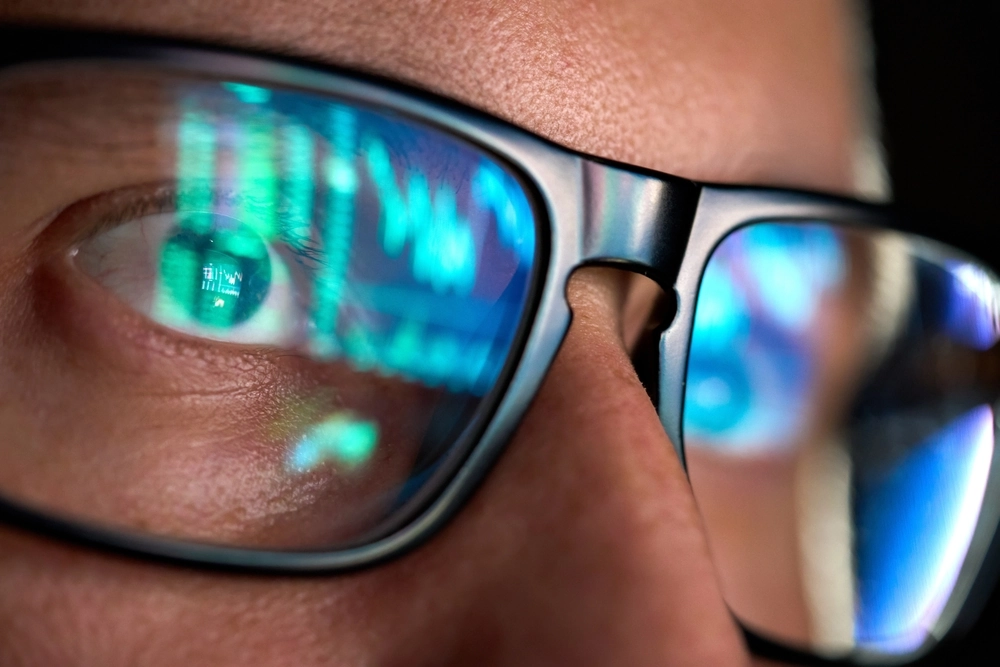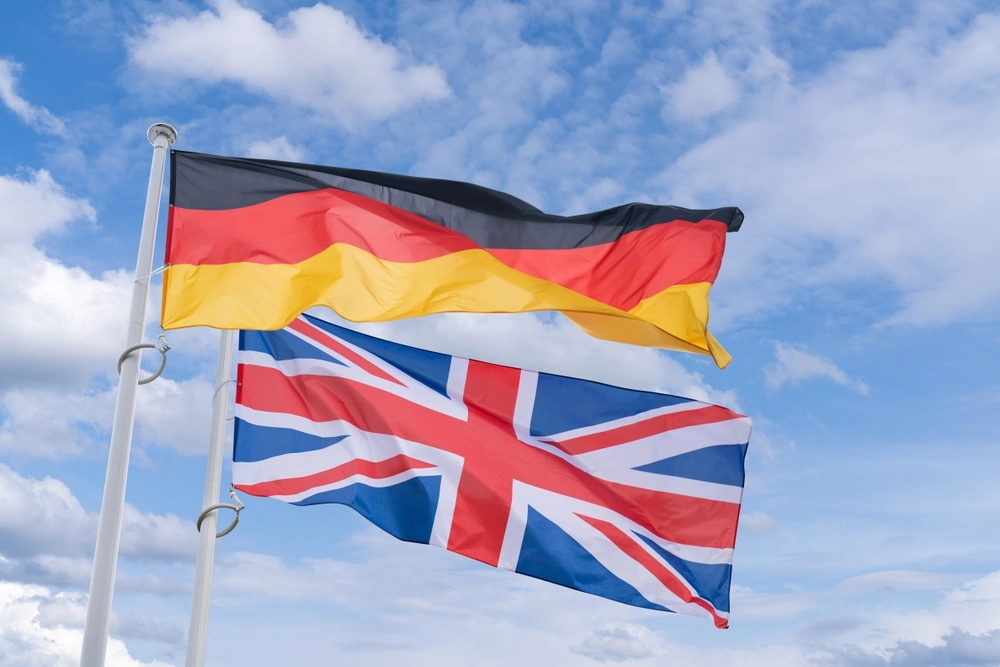This guidance does not come as a surprise as TM registries require greater clarity, particularly when the goods and services are digital. It appears to be part of a trend to improve the detail of specifications and is a welcome move by the EUIPO in the fast-developing area of the metaverse. It is not surprising that the approach taken is consistent with the format of US trade mark applications. The greater specificity is important given the broad nature of digital goods. However, by including "namely…" in specifications we are likely to see an increase in the length of trade mark specifications, particularly in class 9 which may be the cost of precision that the EUIPO is willing to pay.
EUIPO releases guidance on virtual goods, non-fungible tokens and the metaverse

A growing number of EU trade mark applications relating to the metaverse, virtual goods, and non-fungible tokens (NFTs) has prompted the EUIPO to release guidance on how applicants should set out their specifications for classification purposes. We haven’t yet seen a virtual trade mark office in the metaverse, but this guidance on NFTs and virtual goods is a welcome start.
The guidance comes in the wake of a string of trade mark filings by notable brands such as Nike, Converse, Victoria's Secret and McDonald's. These applications have covered class 9 for virtual goods, class 35 for retail stores featuring virtual goods and class 41 entertainment services, including providing on-line non-downloadable virtual goods.
Precision is a key goal for registries. In the United States, for instance, the USPTO have asked some applicants to clarify the exact nature of the goods for broad terms such as "virtual goods" and "software". The EUIPO has taken similar pre-emptive action by releasing guidance for applicants that sets out the following:
- "Virtual goods" should be classified in class 9 because they are treated as digital content or images. Class 9 includes computer software and recorded and downloadable media. However, the guidance goes on to state that the term "virtual goods" is insufficient on its own because it lacks clarity and precision and it must therefore be further specified by including the content to which the virtual goods relate (e.g. "downloadable virtual goods, namely, virtual clothing"). This mirrors many US applications where greater specificity is required for registration.
- The 12th Edition of the Nice Classification will incorporate the term "downloadable digital files authenticated by non-fungible tokens" in class 9. NFTs are treated as unique digital certificates registered in a blockchain, which authenticate digital items but are distinct from those digital items.
- For the EUIPO, the term "non fungible tokens" will not be acceptable if it is used in isolation. The type of digital item, i.e. a digital artwork or a pair of virtual trainers that is to be authenticated by the NFT, must be set out in the specification.
The EUIPO's approach is set out in the 2023 draft Guidelines on which a range of stakeholders have until 3 October this year to comment.
Comment
For any enquiries please contact John Shaw, Associate. To read his article on the impact of the metaverse on retail please see here.





























